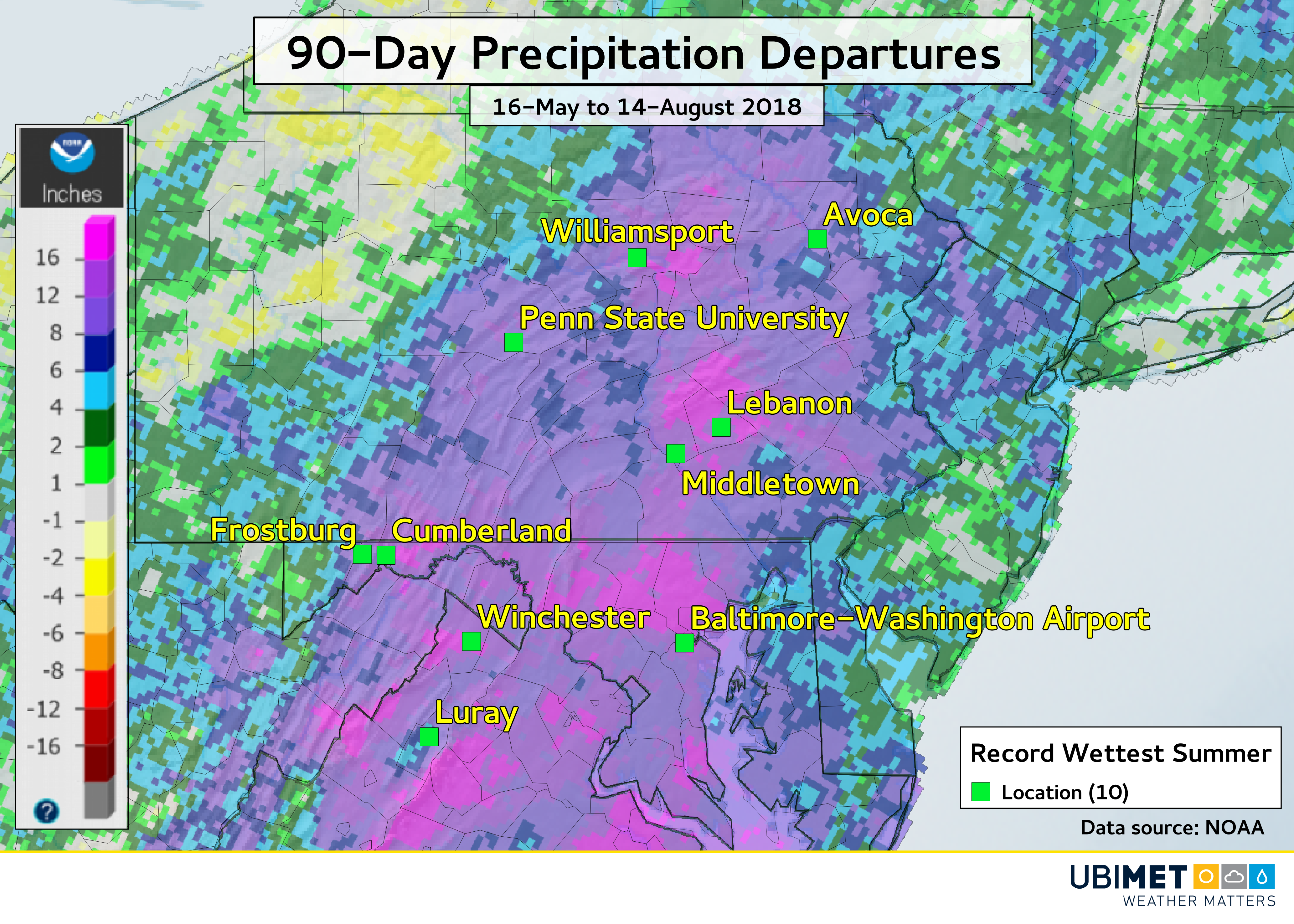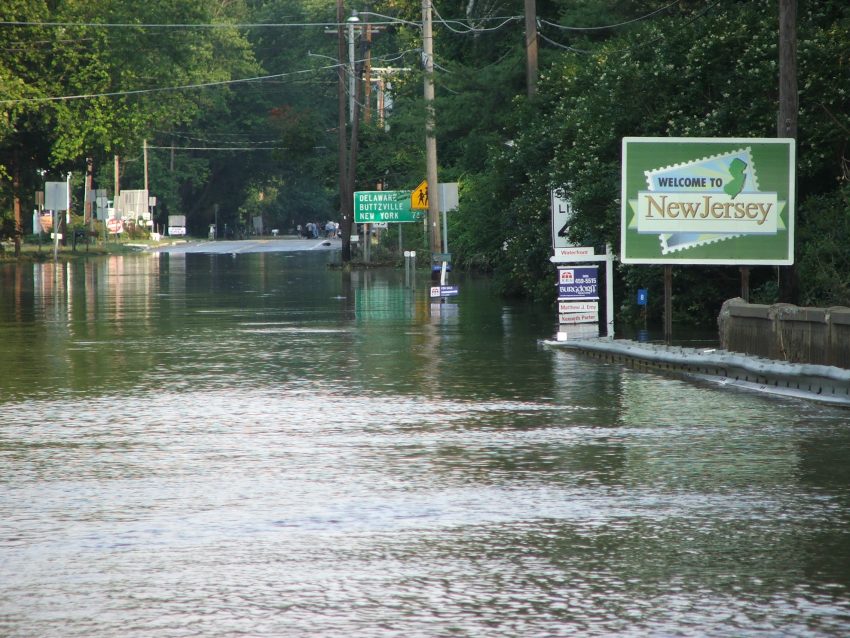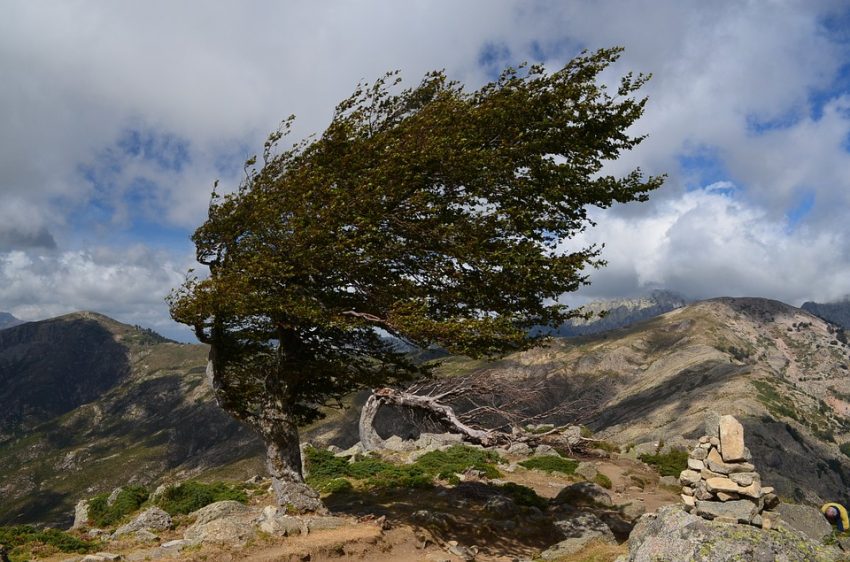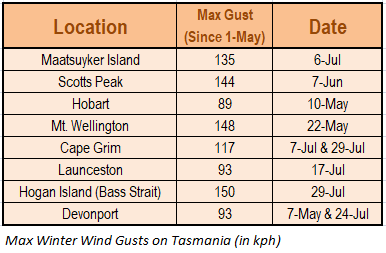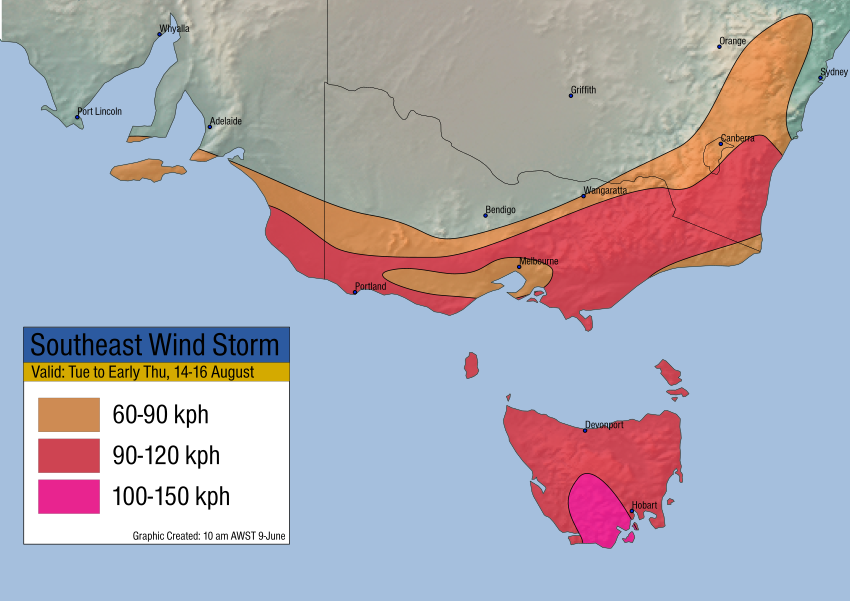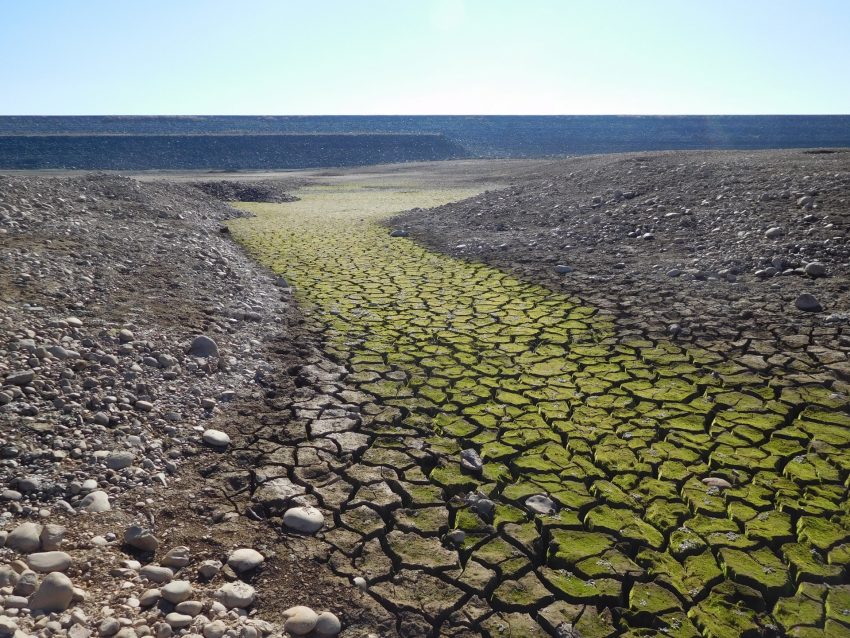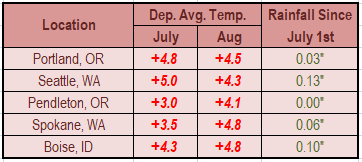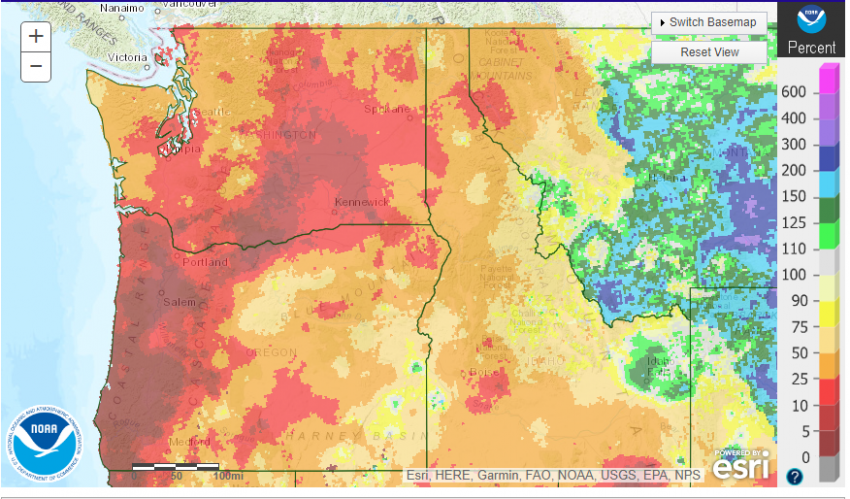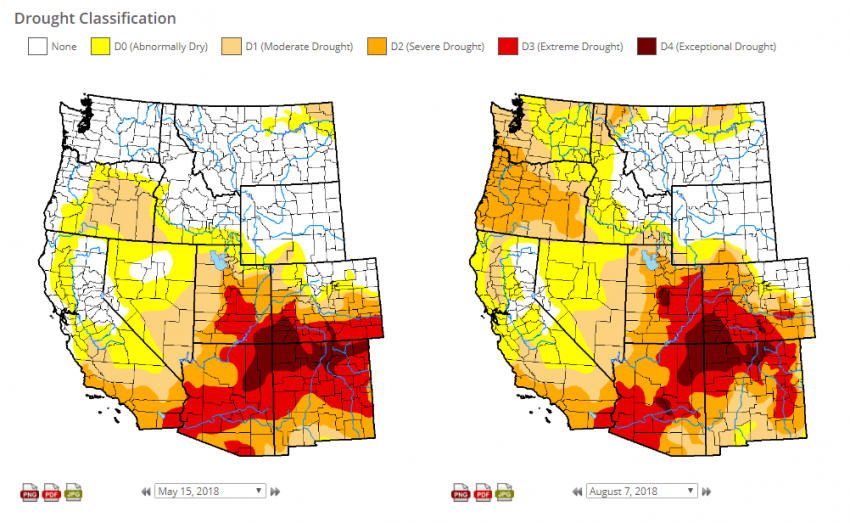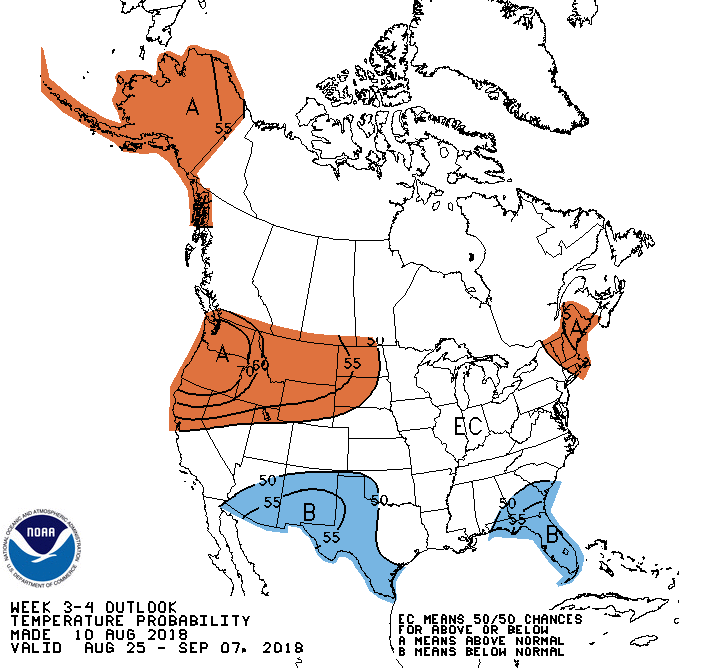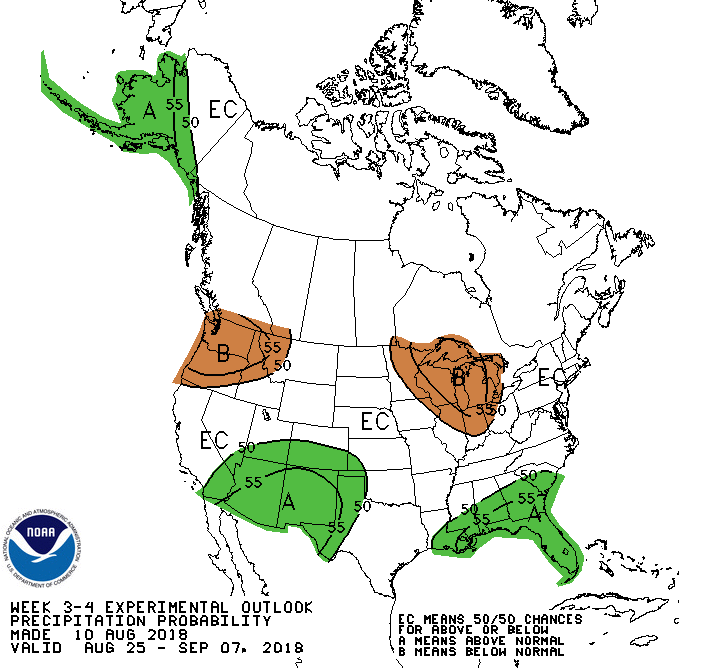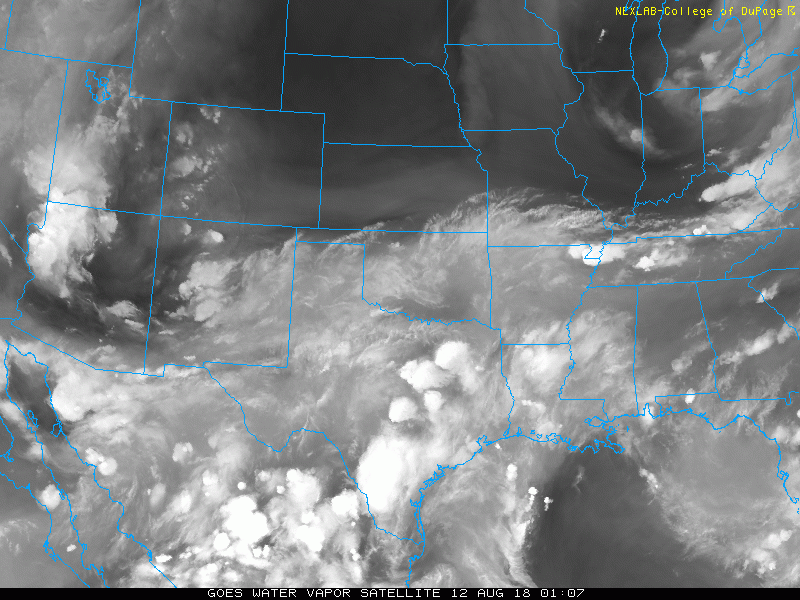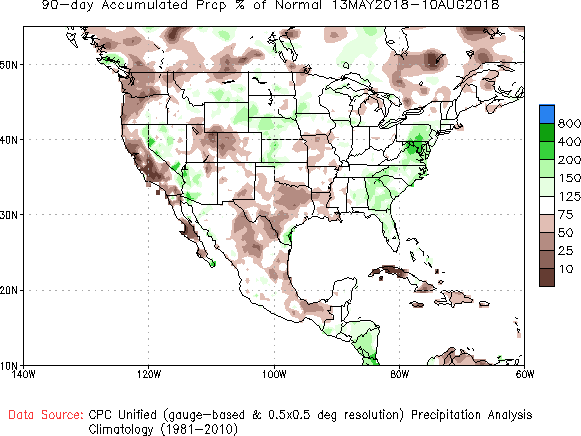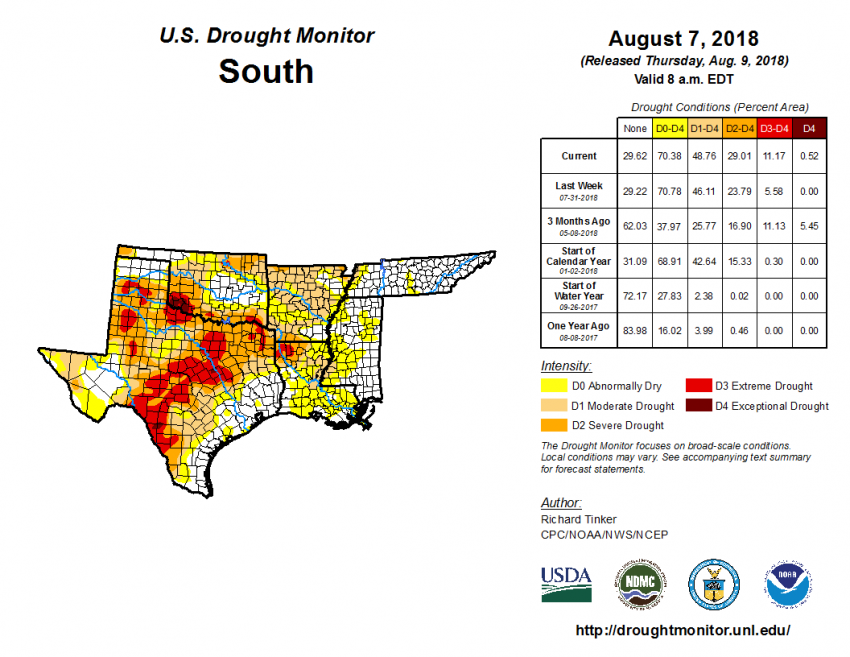Many Mid-Atlantic Cities Set To Have Wettest Summer On Record
Residents across the Mid-Atlantic have experienced day after day of tropical downpours in recent weeks setting the stage for many locations to have their wettest summer on record.
Across Pennsylvania, Maryland, and northern Virginia there are 10 locations experiencing their wettest summer on record. The data is based on meteorological summer which covers the months of June, July, and August.
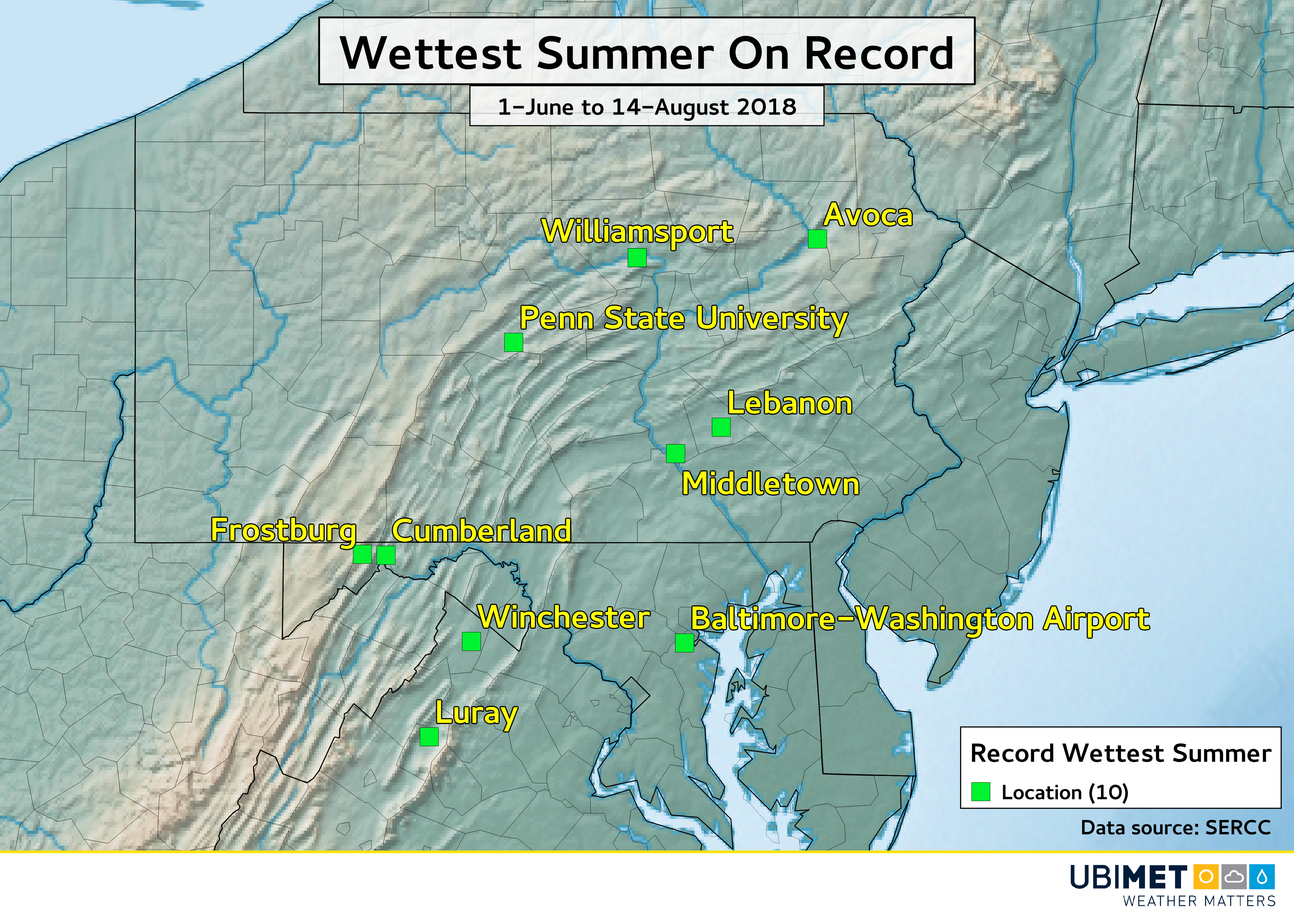
Looking back to mid May, many locations in the Mid-Atlantic have seen 20-30 inches (~500-760 mm) in a 90-day period. Several rain events this summer have lead to moderate and even major flooding problems for some communities.
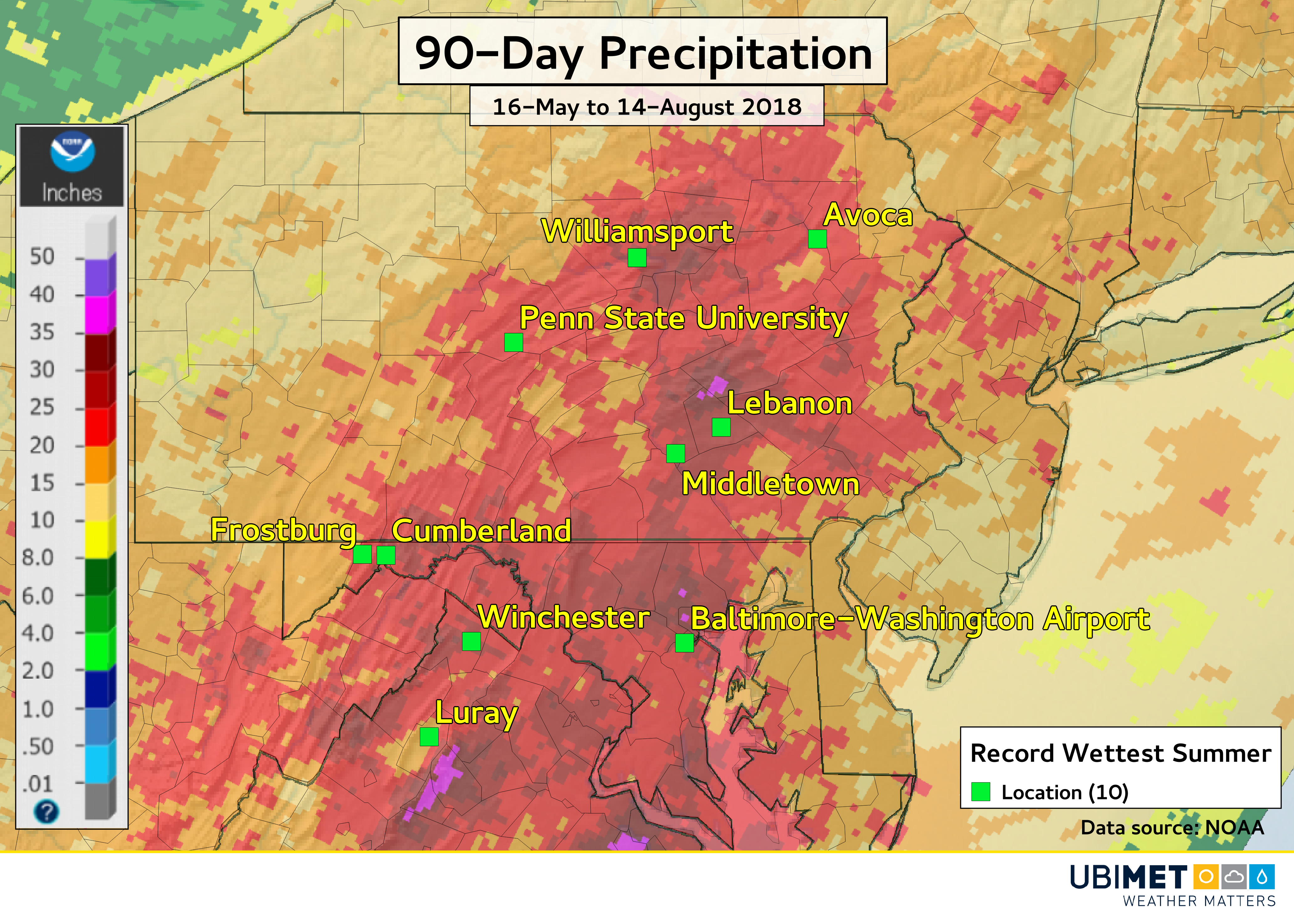
The copious amounts of rain since mid-May have lead to rainfall departures of 8-16 inches (200-400 mm) in a 90-day period.
